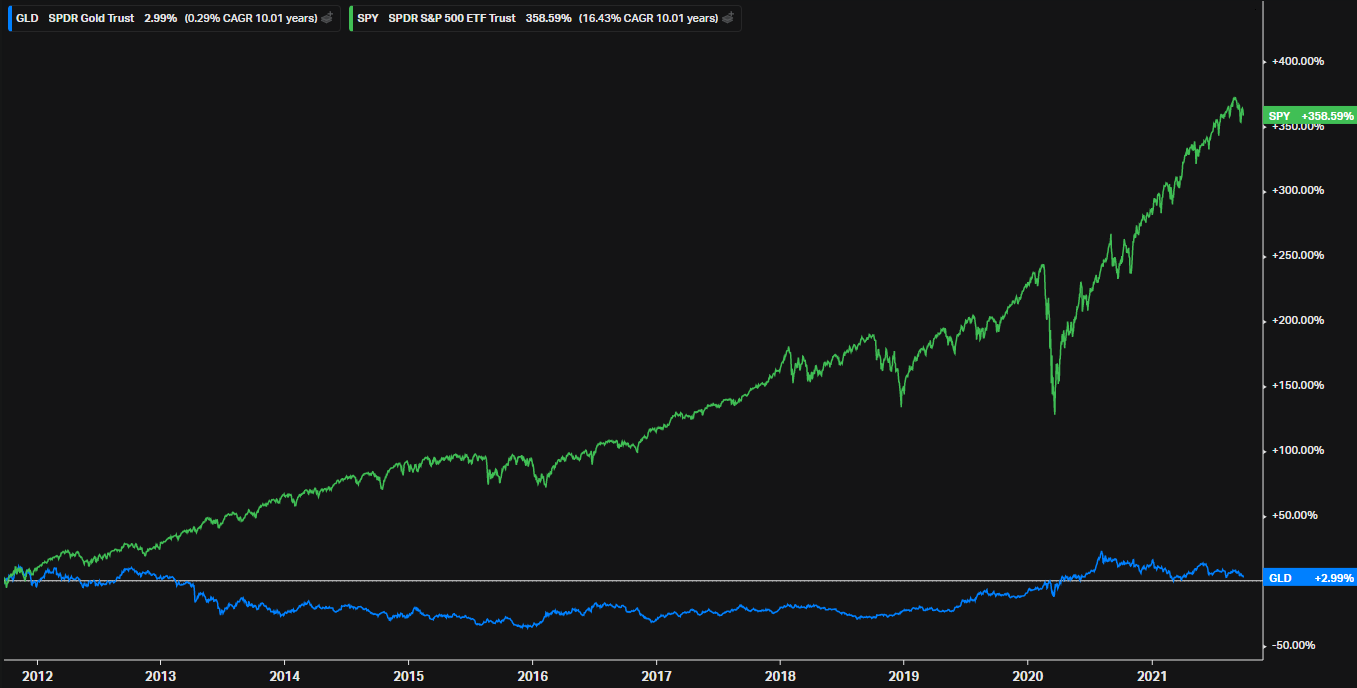 Contributed by: Kali Hassinger, CFP®, CDFA®
Contributed by: Kali Hassinger, CFP®, CDFA®
 Contributed by: Angela Palacios, CFP®, AIF®
Contributed by: Angela Palacios, CFP®, AIF®
Deferred Compensation plans can be a powerful tool to control income tax burden in a corporate executive’s highest-earning years. However, there are many trip hazards to be aware of when starting to contribute.
What is a deferred compensation plan, and who is it appropriate for?
A Non-Qualified Deferred Compensation Plan (NQDC) is a benefit plan offered by some employers to their higher-earning or ranking employees. It is exactly what it sounds like, a plan to defer compensation today to a future date.
This is advantageous to an employee who:
Is expecting to be in a high tax bracket now.
Is already fully funding their retirement savings plan(s).
Has a surplus in cash flow.
May foresee a time when their taxable income will be reduced.
What has to be decided upon ahead of time?
The employee and employer agree upon a salary amount or bonus to set aside. They will also select a date in the future to pay the employee their earned income. Both parties agree to when the funds will be received in the future, and it isn’t taxable income until the employee actually receives it.
Most employers require you to select your payout schedule (i.e., lump sum or spread out over 15 years) when you choose to defer a portion of your income. This can be a daunting choice because you may not know exactly when you will retire, what tax rates will be, or where you will live (impacting state taxes paid on the income) at the time you retire. Often, the employer allows you time when you can change this (usually about a year before you retire), but sometimes there are rules around this change. It is important to talk to your plan administrator or HR department to understand this more fully.
One large company provides an excellent example of a complicated change policy for their corporate plan. In this instance, you may change the number of years you spread payments of your deferred income, but you must do this 12 months before you start taking the payments (12 months before retiring). Additionally, you can only extend the payment terms, which delays the start of your payments by five years! See what we mean by potentially complicated?
What are the benefits of participating in a deferred compensation plan?
Deferring potential tax liability to a time when you may be in a lower tax bracket can provide tax savings.
Balance can be invested in a diversified portfolio to potentially grow tax-deferred compensation over many years.
It can provide a paycheck during a portion of your retirement.
The company may choose to match your contributions for an added benefit.
You may choose to retire in a state with lower or even no income taxes.
What are the potential drawbacks of participating in a deferred compensation plan?
Usually, no access to the funds before agreed-upon terms.
If you lose your job earlier than anticipated, you may be forced to take the total amount in a lump sum all at once, causing it to be possibly taxed in the highest tax bracket possible.
It cannot be rolled into an IRA.
Risk of forfeiture if the company goes bankrupt as the money isn’t explicitly set aside for the employee in most cases.
You may not have an option to change the payout schedule before retiring, and you may get the money either faster or slower than desired in retirement.
It is helpful to have a financial plan during the years when you are eligible to contribute to one. Mapping out possible retirement dates and planning appropriate payout timelines will be important for years leading into retirement, as your options may be limited if you wait until closer to retirement to start planning. This is where a financial planning professional can help! Don’t hesitate to reach out for more information!
Kali Hassinger, CFP®, CDFA®, is a CERTIFIED FINANCIAL PLANNER™ professional at Center for Financial Planning, Inc.® She has more than a decade of financial planning and insurance industry experience.
Angela Palacios, CFP®, AIF®, is a partner and Director of Investments at Center for Financial Planning, Inc.® She chairs The Center Investment Committee and pens a quarterly Investment Commentary.





















